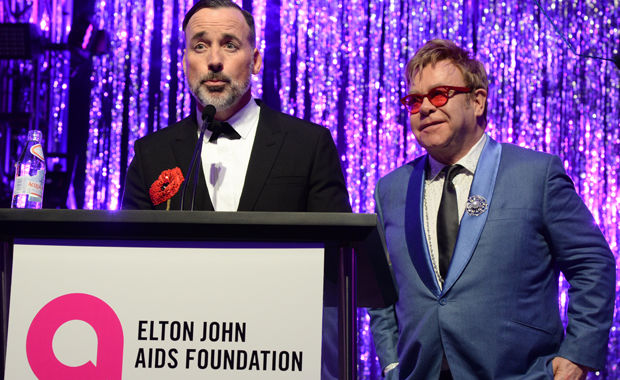Rethinking Aging And Vision On World Sight Day
Education and Advocacy International Federation on Ageing (IFA) Secretary General, Dr. Jane Barratt, weighs in on the importance of making vision health a main priority as we age.

osing vision is ranked as equal to or worse than losing hearing, memory, speech, or even a limb. We relate vision loss or impairment to changes in our quality of life and also a loss of autonomy and independence. October 13 marks World Sight Day — a day dedicated to raising awareness of vision impairment and teaching the importance of maintaining healthy vision as we age.
Every day, cultural and social cues encourage us to fear growing older. We are bombarded with images of physical and mental deterioration that portray aging as the tragic loss of ability and independence. What if, instead of a story of decline, exclusion, and dread, we reframed the experience of aging as a time of opportunity where we did what we valued in life and continued to contribute significantly to family and society in new and different ways?
Aging is a process that starts at the moment of birth, and while our functional ability may change as we age, there should be no resignation to the inevitable downward slide of our health and quality of life. In fact the majority of older people bring with them a fascinating cadre of talents, stories, and often a deep understanding and curiosity about life.
The process of aging is often experienced as the loss of individual identity — our me-ness so to speak — dissolved into a web of medical diagnoses and conditions. Canadians need to understand that this experience is unacceptable and discriminatory.
Healthy aging is not about the absence of sickness, it is about developing and maintaining functional ability — enabling well-being into older age.
A new narrative on aging can and is being developed. Governments and health systems need to invest the time, expertise, and resources necessary to develop age-related policies and programs — aimed at optimizing the functional ability and the contributions of older Canadians. The issues and costs associated with a rapidly aging population will only lead to a crippling global crisis if we continue using a sickness model. Healthy aging is not about the absence of sickness, it is about developing and maintaining functional ability — enabling well-being into older age.
What can be done?
If we look at the global burden of disease, we know the greatest impact on functional ability comes from sensory impairments, such as vision loss and hearing, back and neck pain, chronic obstructive pulmonary disease, depressive disorders, falls, diabetes, dementia (particularly in high-income countries), and osteoarthritis.
Looking specifically at the issue of vision loss in Canada, we know every year more than 50,000 Canadians will lose their sight, and more than 5.5-million Canadians live today with a significant eye disease that could cause vision loss. Estimates also suggest the prevalence of vision loss in Canada is expected to increase nearly 30 percent over the next decade, largely due to an aging population.
The personal, social, and economic costs of vision loss are profound. Higher rates of unemployment, divorce, and clinical depression are all associated with vision loss, as are billions of dollars in direct and indirect costs to the Canadian health care system.
But, we have a choice. We can choose to close our eyes and brace ourselves for this threat to our quality of life or we, as individuals and communities, can find creative and powerful ways to tackle the problem.
The crisis is looming, but it is largely preventable
Many of the eye conditions that cause vision loss and blindness are treatable if the appropriate and available treatments are started in a timely manner. However, this is not always the case.
We need to be bold in the face of threats to our vision health and united in our call for better solutions.
Cost inevitably influences access to medication. If as a society we are committed to maintaining the functional independence of our citizens, especially as they age, we need to make sure decisions that may prevent or limit their access to appropriate therapy are based on scientific evidence and in consultation with stakeholders including patients, physicians, and patient organizations — not strictly on the basis of cost savings.
Specifically, Canadian policy makers need to stand together with its citizens by protecting their access to approved eye treatments as prescribed by their physicians. By safeguarding access, policy makers have the unique opportunity to help improve the quality of life, not only of the individual, but also of the patient’s family and the broader community.
The International Federation on Ageing is proud to stand shoulder-to-shoulder with physicians, patients, and the organizations that represent them. Vision is a cornerstone of the aging discussion across the course of life. We need to be bold in the face of threats to our vision health and united in our call for better solutions.


